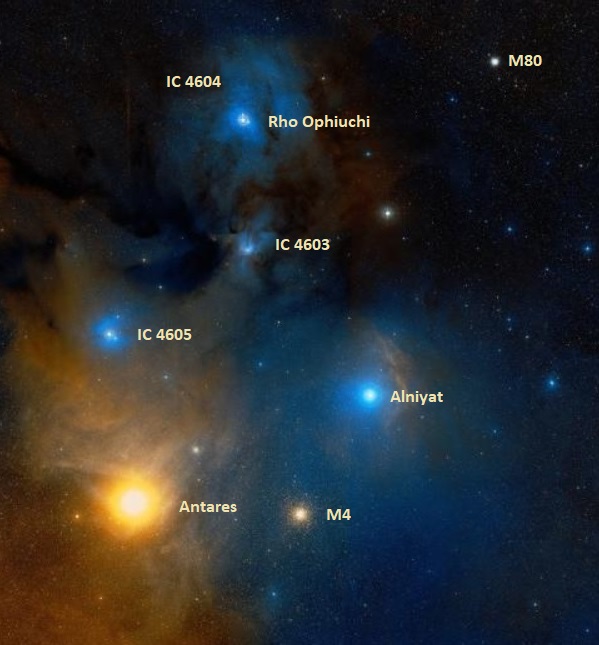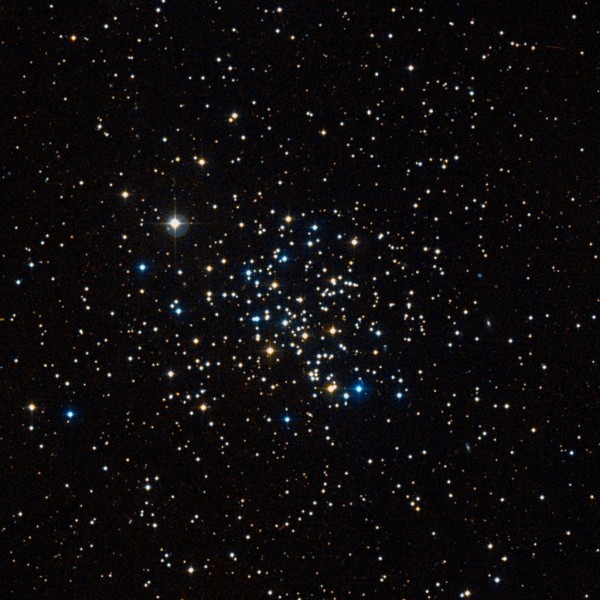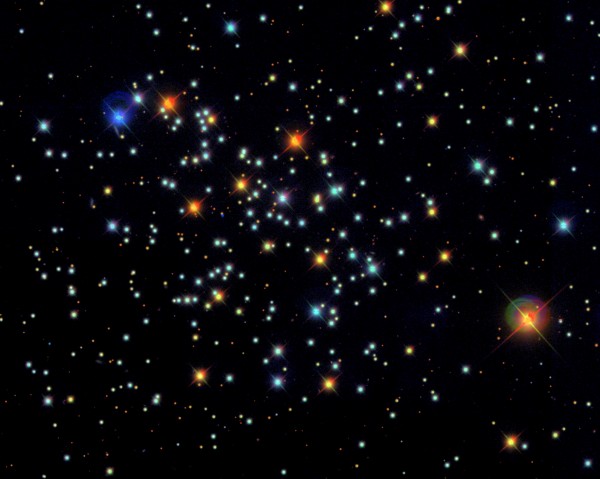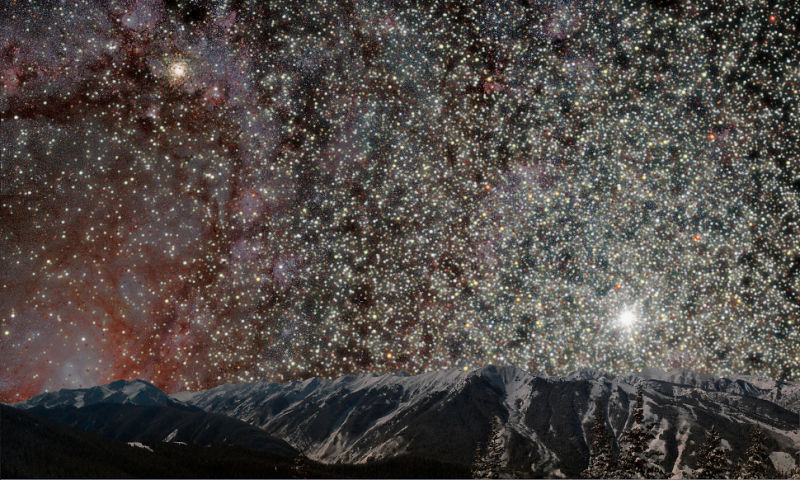Re: APOD: The Galaxy, the Jet, and a Famous... (2023 May 04)
Posted: Fri May 05, 2023 7:59 pm
Is it so! Imagine the civilizations in that galaxy not having the same sight as we does in ours. The inspirations and imagtinations shaping their cultures and use of star maps we have been spoiled with and they don't have that luxury. And the big blob in the central of the galaxy would spoil the dark night for them. I feel so sorry for them!VictorBorun wrote: ↑Fri May 05, 2023 9:56 amadd the boredom of red-and-dead star population: almost every star is a little smaller and yellower than Sun or is a red dwarf and not seen at allberyllium732 wrote: ↑Fri May 05, 2023 8:36 am How would it be living in that galaxy? Would the nightsky be black with lots of stars but no galaxy disc in it with an expeption of a big jet sticking out in the nightsky?
Very interesting thank you!Ann wrote: ↑Fri May 05, 2023 5:59 pmThere are no (or at least extremely few) Betelgueses in the skies of any putative planet inside M87.beryllium732 wrote: ↑Fri May 05, 2023 10:04 amYou are sure about that? Wouldn't there be a lot of Betelgeuses in the nightsky too except red dwarfs and more reddish yellow suns?VictorBorun wrote: ↑Fri May 05, 2023 9:56 am
add the boredom of red-and-dead star population: almost every star is a little smaller and yellower than Sun or is a red dwarf and not seen at all
Betelgeuse is a young massive star. Only massive stars can become red supergiants thousands of times brighter than the Sun, and such massive stars die young. And since M87 is absolutely overwhelmingly dominated by old stars, there will be no Betelgeuses among them.
Here is how you can tell old modest red giant stars from young brilliant red supergiants. First, let's look at some young red supergiants, which are typically surrounded by many bright blue stars:
Double Cluster of Perseus Tommy Lease.pngThe Double Cluster of Perseus. At least 5 and possibly 7 red supergiants stand out
among the blue stars. The clusters are believed to be some 12 million years old.
Image credit: Tommy Lease.
Old red stars keep a different company than the brilliant red supergiants with their entourage of blue stars:
Old open cluster Trumpler 5 by zirl.pngOld open cluster Trumpler 5. This cluster is similar in age to the Sun.
Image: zirl.
Red supergiants are young massive stars, and they are typically surrounded by a large number of bright blue stars. Old red stars are much more modest, much less bright, don't stand out very much, and are not surrounded by blue stars (unless there happens to be one or more blue stragglers around).
Take a look at cluster NGC 2158. This cluster may be some 14,000 light-years away, and I found a Gaia parallax for the brightest red star which suggests that the V luminosity of this star is some ~68 times solar. That is not bad, but it is so very far from the brightness of a supergiant.
As for Trumpler 5, there is a star (at lower left) that stands out. However, this is a foreground star, at "only" some 3,400 light-years, whereas Trumpler 5 proper is at a distance of some 11,000 light-years. The V luminosity of the foreground star is some ~140 solar luminosities. That is not bad, but it is still in no way comparable to a supergiant.
By comparison, HD 14270, one of the red supergiants in the Double Cluster, has a V luminosity of some 3,100 solar. AS for BM Sco, the bright red non-supergiant, its V luminosity is some 1,000 solar.
Ann
Those blue stars in the two old clusters the NGC 2158 and Trumpler 5 is foreground blue stars which lies nearer to Earth?
Which is the typical stellar classification of the stars in the M87 galaxy? Does it have a lot more red dwarfs or more G-type stars like our sun? Does it have any star creating nebulas left? And by the way speaking of nebulas are the pink ionized nebulas in certain galaxies the same as our nebulas for example the horse nebula?
So it is invisible even for the civlization that would reside in the galaxy. That's too bad it would be an awesome sight indeed!Chris Peterson wrote: ↑Fri May 05, 2023 7:06 pmM87 is easily seen in a telescope, but its jet is not visible. Neither getting closer nor magnification makes things brighter.VictorBorun wrote: ↑Fri May 05, 2023 7:01 pmBut if a human on an Earth copy in M87 blocked the stars and let eyes adapt… still no jet?Chris Peterson wrote: ↑Fri May 05, 2023 5:21 pm
Their "Milky Way" would be a "Milky Blob" with the size and position depending on the location of the observer. The jet would not be visible.
But if the jet goes right their way and is 1000 times as bright as for Earth 1?
















